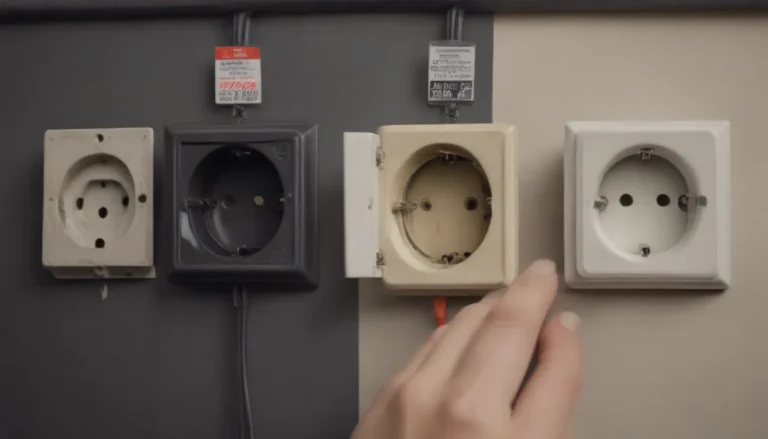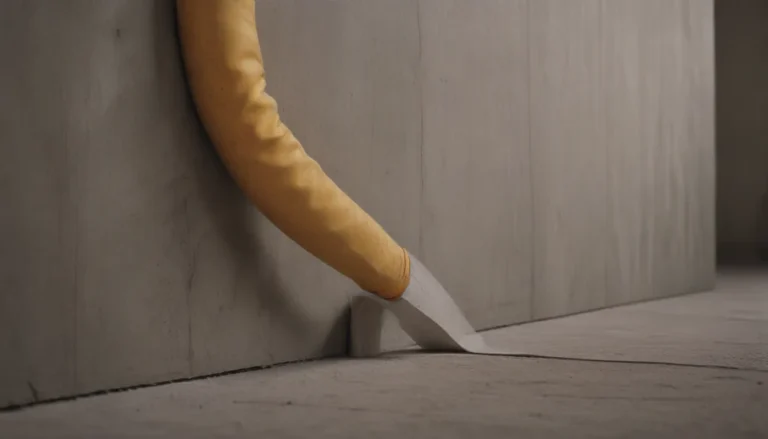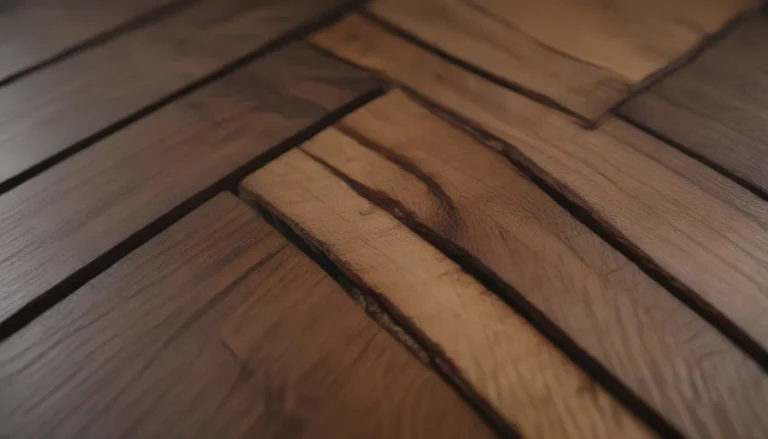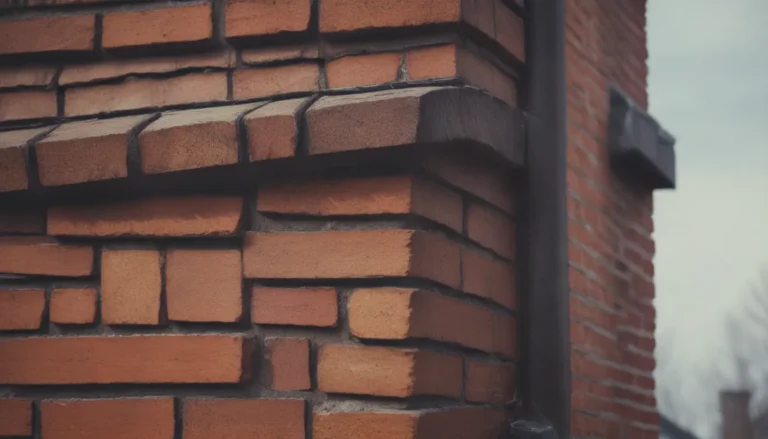Porcelain vs. Ceramic Tile: A Comprehensive Guide for Choosing the Best Type for Your Home
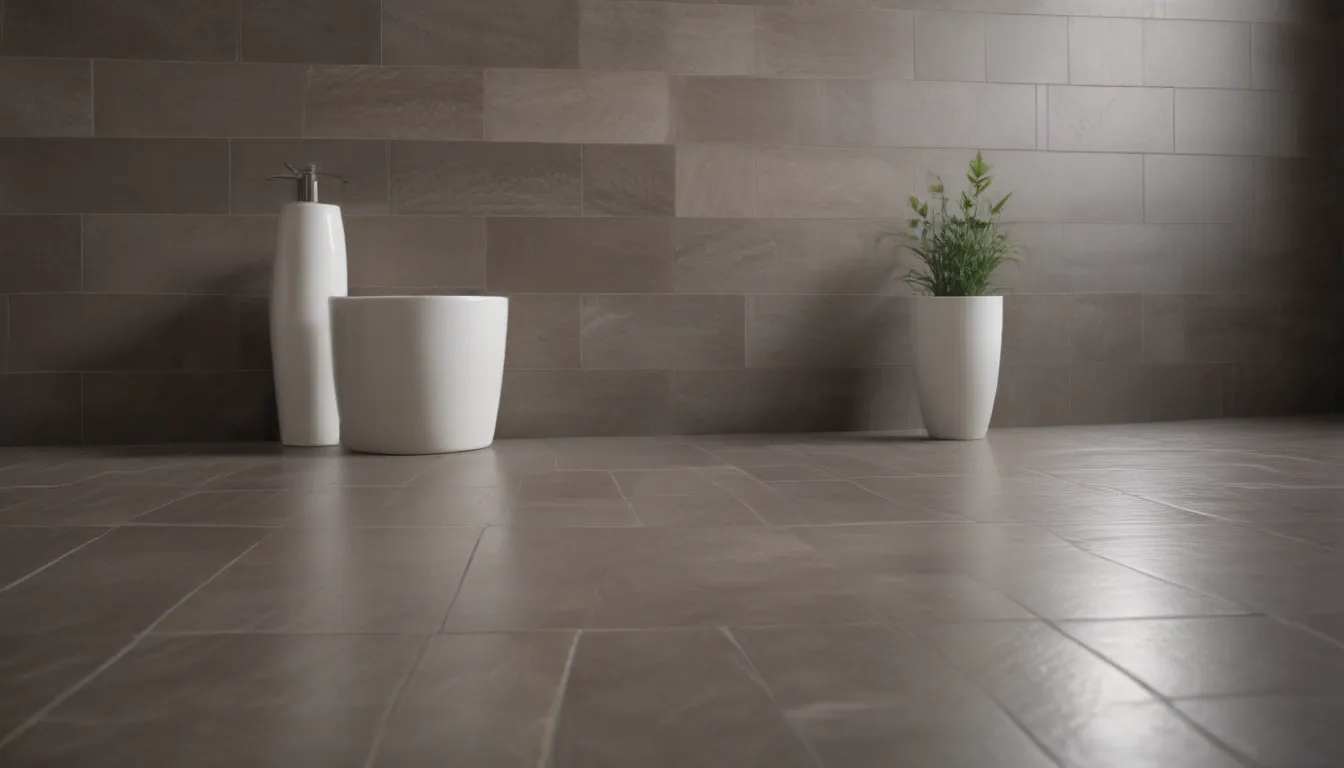
Are you torn between porcelain and ceramic tile for your home? The decision can be overwhelming, but fear not! In this in-depth guide, we will break down the differences between porcelain and ceramic tile to help you choose the best option for your needs. From water absorption rates to durability and maintenance, we’ve got you covered with valuable information that will make your decision easier.
Porcelain Tile: The Impervious Choice
When it comes to water resistance, porcelain tile takes the crown. With a water absorption rate of 0.5-percent or less, porcelain tile is certified to be impervious to water. This means it is ideal for outdoor use and can withstand mild climates. The fine kaolin clay used in porcelain tile contributes to its water-resistant properties. Additionally, porcelain tile is fired at higher temperatures than ceramic tile, making it more durable and less prone to water damage.
Pros of Porcelain Tile:
– Impervious to water
– Industry certification
– Suitable for outdoor use
– More durable than ceramic tile
Cons of Porcelain Tile:
– More expensive than ceramic tile
– Limited selection compared to ceramic tile
When it comes to choosing porcelain tile, it’s essential to look for the PTCA Certification Mark to ensure you’re getting a high-quality, water-resistant product. Keep in mind that porcelain tile costs more than ceramic tile due to the special manufacturing process and higher quality materials used.
Ceramic Tile: Versatile and Affordable
Ceramic tile, on the other hand, is a more budget-friendly option compared to porcelain tile. While it may not have the same water-resistant properties as porcelain, ceramic tile is still a popular choice for indoor applications. It is made with a coarser mix of clay and is fired at lower temperatures than porcelain tile, making it more affordable for those on a budget.
Pros of Ceramic Tile:
– Less expensive than porcelain tile
– Wide selection available
– Suitable for indoor applications
Cons of Ceramic Tile:
– Higher water absorption rate
– Not suitable for outdoor use
– Not certified for water resistance
When choosing ceramic tile, it’s essential to pay attention to the glazing on the tile surface to ensure it resists water. While ceramic tile may not be as water-resistant as porcelain, proper maintenance and care can help prolong its lifespan and keep it looking great.
How to Tell Porcelain and Ceramic Apart
One of the challenges homeowners face is distinguishing between porcelain and ceramic tile, as they often look identical on the surface. To ensure you’re getting the right type of tile for your needs, look for the PTCA certification instead of relying solely on manufacturer claims. In some cases, tiles labeled as “porcelain” may not meet the required standards for water resistance, so it’s essential to do your research before making a purchase.
Heat and Water Resistance
Both porcelain and ceramic tile are resistant to heat and can be used on countertops. However, porcelain tile absorbs less water than ceramic tile, making it a better choice for areas prone to moisture. If you’re considering using tile in a kitchen or bathroom, porcelain tile may be the better option due to its superior water resistance properties.
Care and Cleaning
Proper care and maintenance are essential for keeping your tile looking its best. Both porcelain and ceramic tile can be deep-cleaned by damp-mopping with a mild water-soap solution. Regular sweeping or vacuuming will help remove grit that can dull the glazing over time. Pay special attention to areas with grout, as they can develop mold and mildew if not properly cleaned.
Durability and Maintenance
Porcelain tile is known for its durability and strength, making it less prone to chipping or cracking compared to ceramic tile. However, both types of tile require periodic sealing of unsanded grout to protect against stains and mildew. With proper maintenance, both porcelain and ceramic tile can last for years and maintain their beauty.
Installation and Cost
When it comes to installation, both porcelain and ceramic tile are installed using similar methods. A wet tile saw is recommended for cutting porcelain tile due to its brittle nature. Tiles are typically adhered to a cement board underlayment using a thin-set adhesive. The cost of porcelain tile is higher than ceramic tile due to the quality of materials and manufacturing process involved in producing it.
Porcelain vs. Ceramic Tile: Making the Choice
In the end, the choice between porcelain and ceramic tile comes down to your specific needs and budget. If you’re looking for a durable, water-resistant option for high-traffic areas, porcelain tile may be the best choice for you. On the other hand, if you’re on a budget and looking for a versatile tile for indoor applications, ceramic tile may be more suitable.
Remember to consider factors such as water resistance, durability, maintenance, and cost when choosing between porcelain and ceramic tile. By weighing the pros and cons of each type of tile, you can make an informed decision that suits your needs and preferences.
Whether you opt for porcelain or ceramic tile, both options offer a beautiful and functional flooring solution for your home. With proper care and maintenance, your tile floors can withstand the test of time and enhance the aesthetic appeal of your living space.
In conclusion, porcelain and ceramic tile each have their unique advantages and considerations. By understanding the differences between the two, you can confidently choose the best type of tile for your home that meets your specific requirements and budget. Happy tiling!

